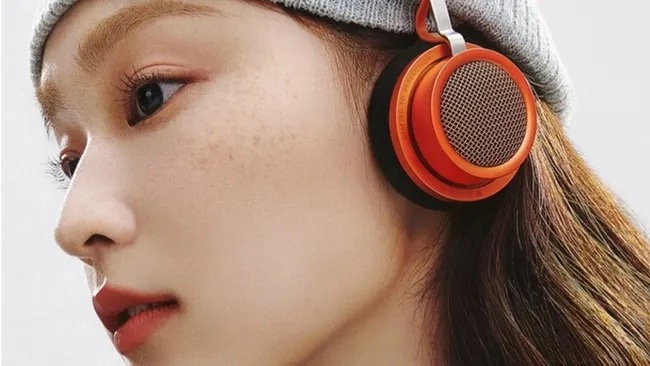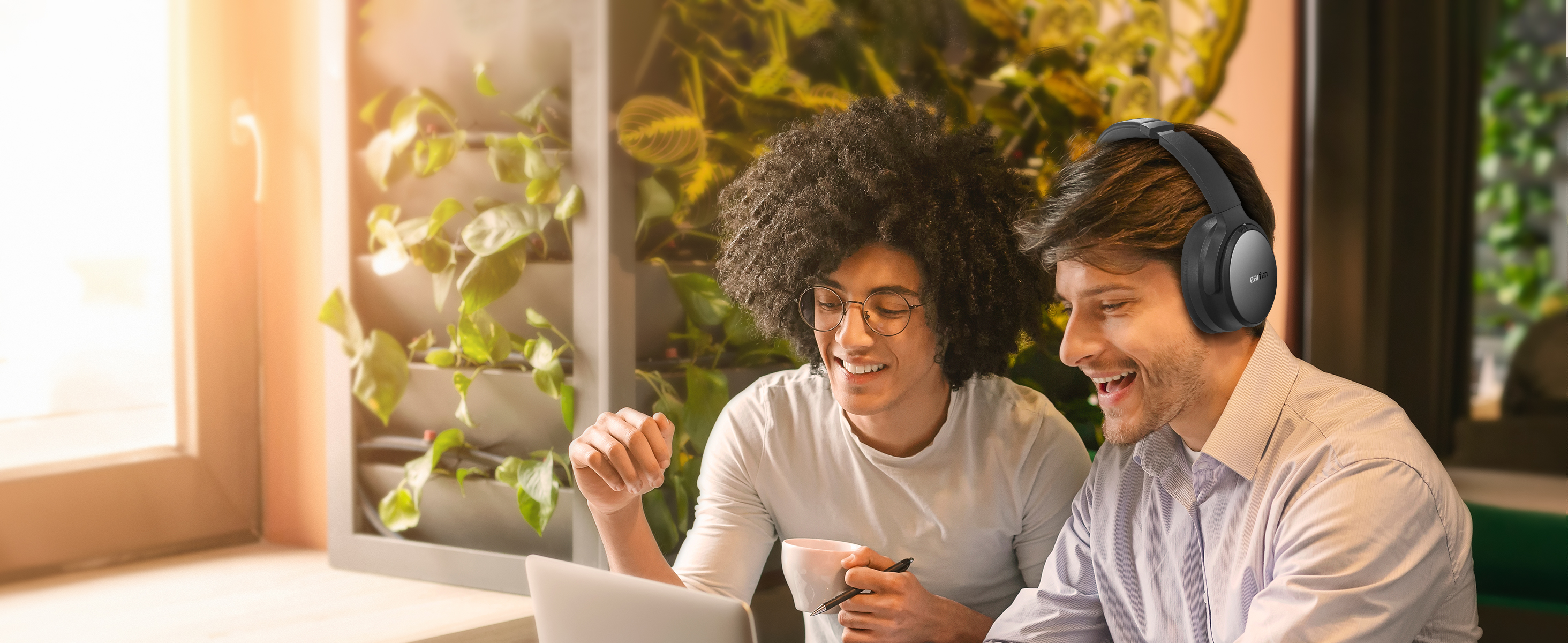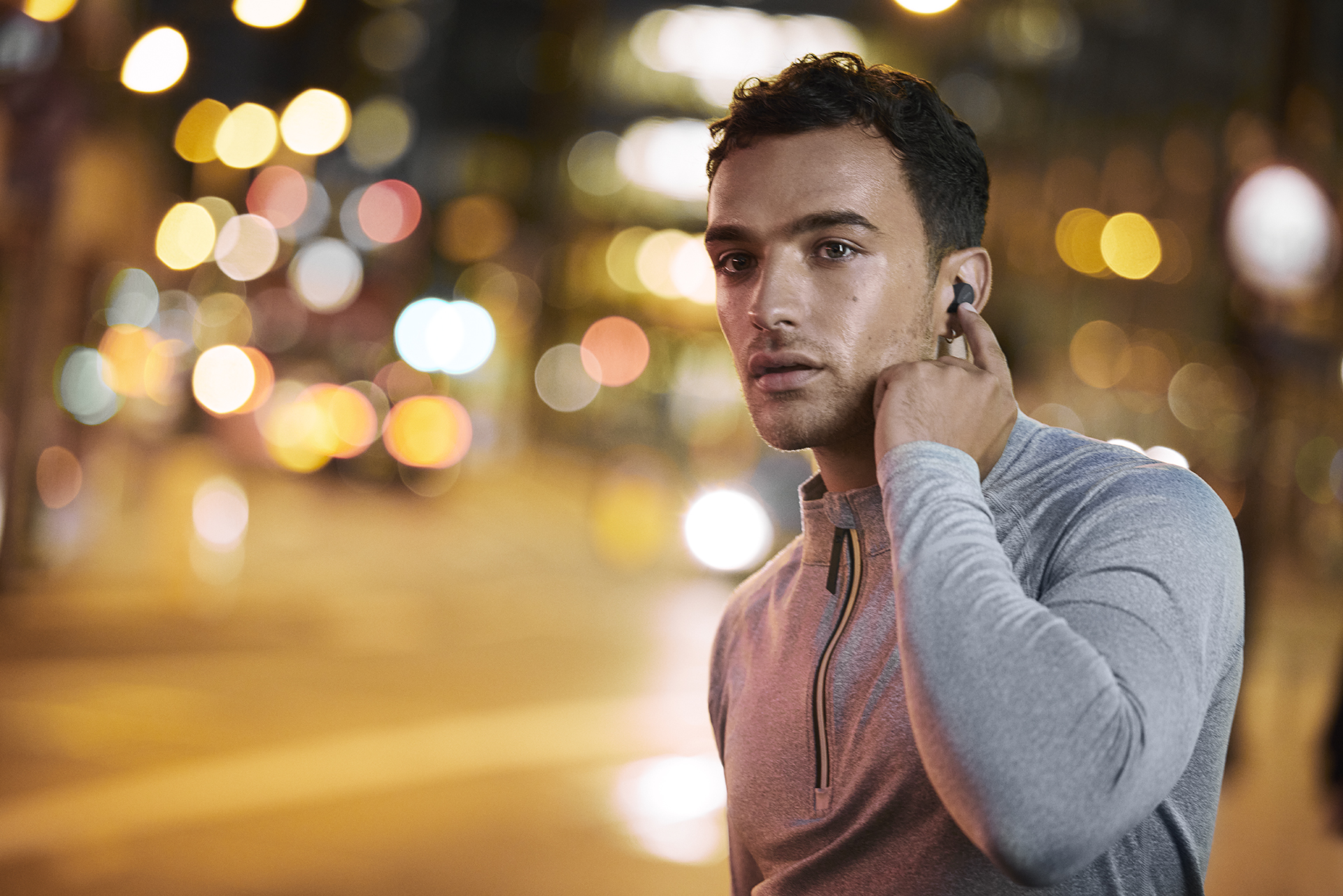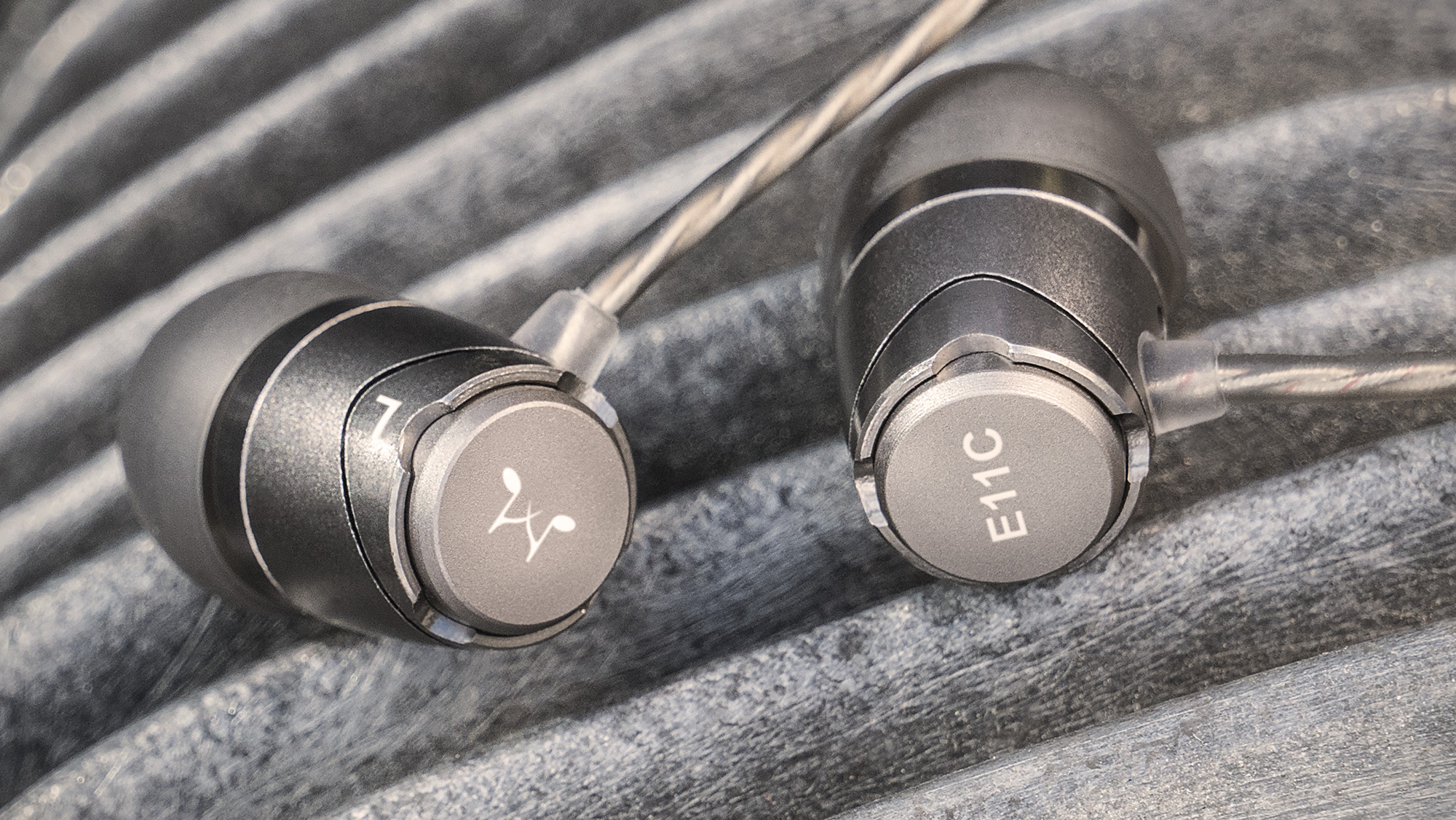Bluetooth 6.0: everything you need to know about its new audio and features for phones and earbuds
Longer battery life is just one of the benefits

Bluetooth is found in just about every new device you buy, from wireless headphones and smartphones to wireless speakers and soundbars, so a new standard being released is big news.
While Bluetooth 5.0 (and iterations of, up to 5.4) is currently found in wireless devices launched in recent years, Bluetooth 6.0 has now been announced; and it brings some useful new features to play.
Let's see what's new...
Bluetooth 6.0: new features
Better sound quality
Bluetooth 6.0 supports a new codec called LC3plus. This is an evolution of the LC3 codec that launched as part of Bluetooth LE (Low Energy) as the successor to the long-adopted SBC codec.
Theoretically, this supports audio up to 32-bit/96kHz, leading it to be certified as 'Hi-res Audio Wireless' by the Japan Audio Society, and is being sold as delivering quality lossless streaming.
There are, however, some doubts as to whether this will actually improve Bluetooth sound quality in practical terms.
LC3plus also promises latency as low as 7ms.
The latest hi-fi, home cinema and tech news, reviews, buying advice and deals, direct to your inbox.
Unlike 'standard' LC3, however, LC3plus is licensed, so manufacturers will have to pay to implement it. Which could limit its uptake.
More accurate 'find my'
The headline new feature is called Channel Sounding. (We know, the Bluetooth SIG – the organisation behind Bluetooth standards – really needs to work on its feature names.) This basically makes compatible devices better at detecting the distance between each other.
This will mainly be useful for the 'find my' features, used by Apple, Samsung, Google and others, and which help you locate a missing device using a map.
Using Channel Sounding, devices should be able to identify more precisely the distance between each other across a wider area, with an impressive accuracy of within 1cm.
This could also improve the accuracy and reliability of smart locks for both residences and vehicles.
No more lip sync issues

Bluetooth 6.0 could spell an end to lip-syncing issues. That's thanks to the Isochronous Adaptation Layer (ISOAL), which splits longer data packets (such as audio) into smaller data packets.
These smaller data packets are easier to send (by a phone, for example), and can then be reassembled into longer data packets once received by the partner device, such as a pair of wireless headphones.
This makes transmitting audio more reliable while also lowering latency. It won't make much difference during music listening, but it could put an end to lip-sync issues when using Bluetooth headphones while gaming or watching a movie.
Better battery life
Bluetooth 6.0 has more advanced filtering, meaning that instead of automatically scanning all the time, it knows when to scan and when to save its efforts and not transmit redundant data.
That makes it more efficient, which should serve to improve the battery life of devices using it.
Less interference

Bluetooth 6.0 is more robust than previous versions, especially in built-up areas with lots of wireless networks which can interrupt your Bluetooth connection.
That should be a boon for city dwellers and festival-goers alike.
More seamless switching
The next version of Bluetooth should also make it easier to switch between devices. The same pair of wireless headphones will be able to pair with multiple devices at once (laptops, smartphones, tablets etc), and switch between them without having to be paired anew.
This sounds a lot like Bluetooth Multipoint, a feature which is already available, but not on all Bluetooth devices.
For more info on it, read what is Bluetooth Multipoint?
When will Bluetooth 6.0 arrive?

It's already here! Sort of. Because while the specs have been finalised, only two Xiaomi phones – the Redmi K80 Pro and Redmi Turbo 4 – currently use Bluetooth 6.0, and neither is available in the UK.
The first Bluetooth 6.0 headphones have also launched. The Edifier Doo Ace (pictured) is a cheap pair that is super light, but available only in China. They also lack the aptX, LDAC and LC3 codecs – the last of this being particularly surprising, seeing as it's part of Bluetooth LE.
We should see some devices rocking Bluetooth 6.0 on these shores very soon though, as the next section will show...
Which phones are expected to use Bluetooth 6.0?
All of the big phones expected to launch from now are expected to come with Bluetooth 6.0 as standard.
These include this year's iPhone 17, Google Pixel 10 and Xiaomi 16. The Samsung Galaxy S26 is also expected to support it, though it's not expected to launch until 2026.
MORE:
Bluetooth Multipoint: what is it? What devices use it?
Bluetooth LE Audio: what is the next-gen standard?
See the best Bluetooth speakers
Now read up on aptX HD Bluetooth: What is it? What devices and headphones support it?
Joe has been writing about tech for 20 years, first on staff at T3 magazine, then in a freelance capacity for Stuff, The Sunday Times Travel Magazine (now defunct), Men's Health, GQ, The Mirror, Trusted Reviews, TechRadar and many more. His specialities include all things mobile, headphones and speakers that he can't justifying spending money on.
You must confirm your public display name before commenting
Please logout and then login again, you will then be prompted to enter your display name.

